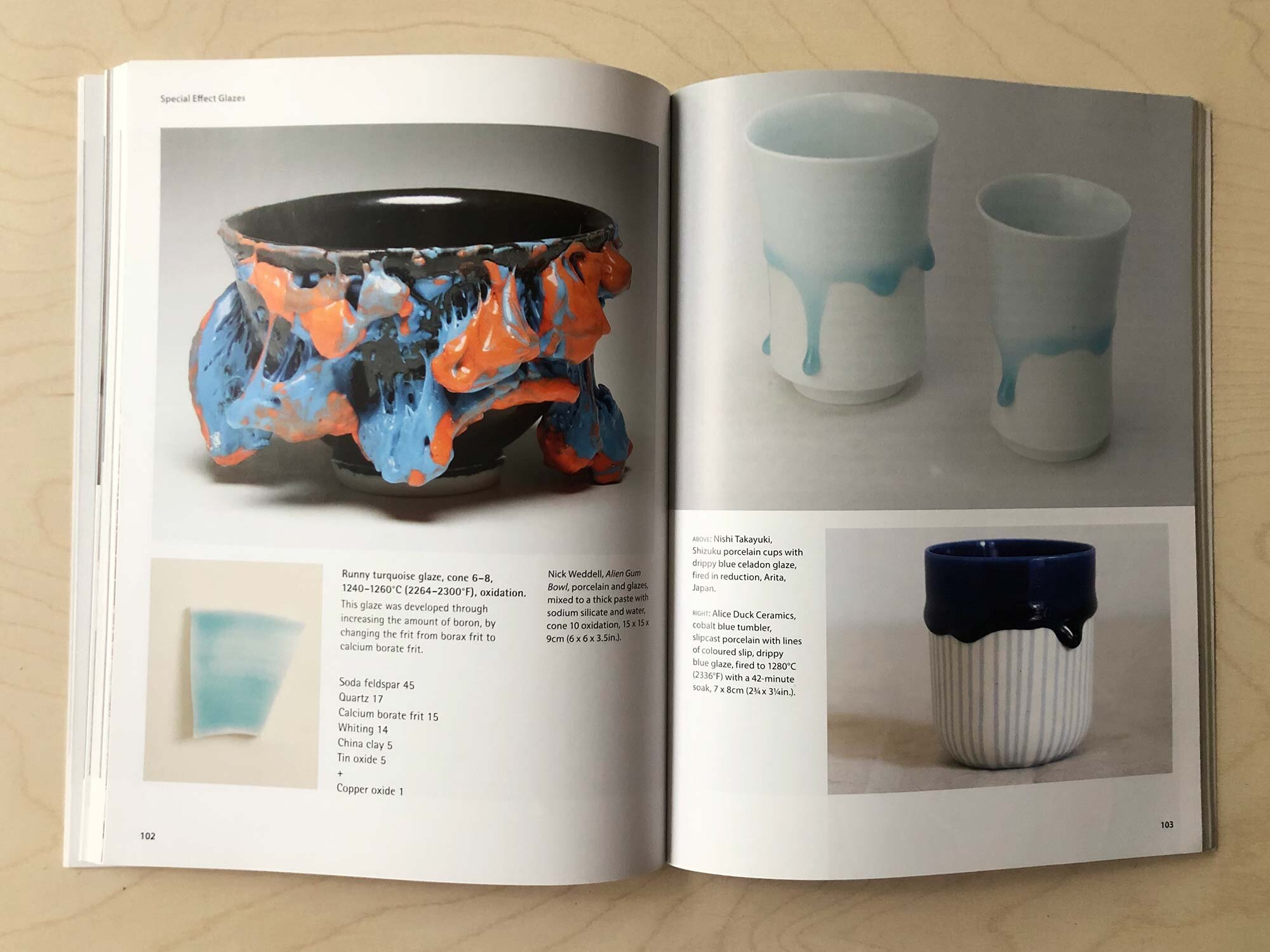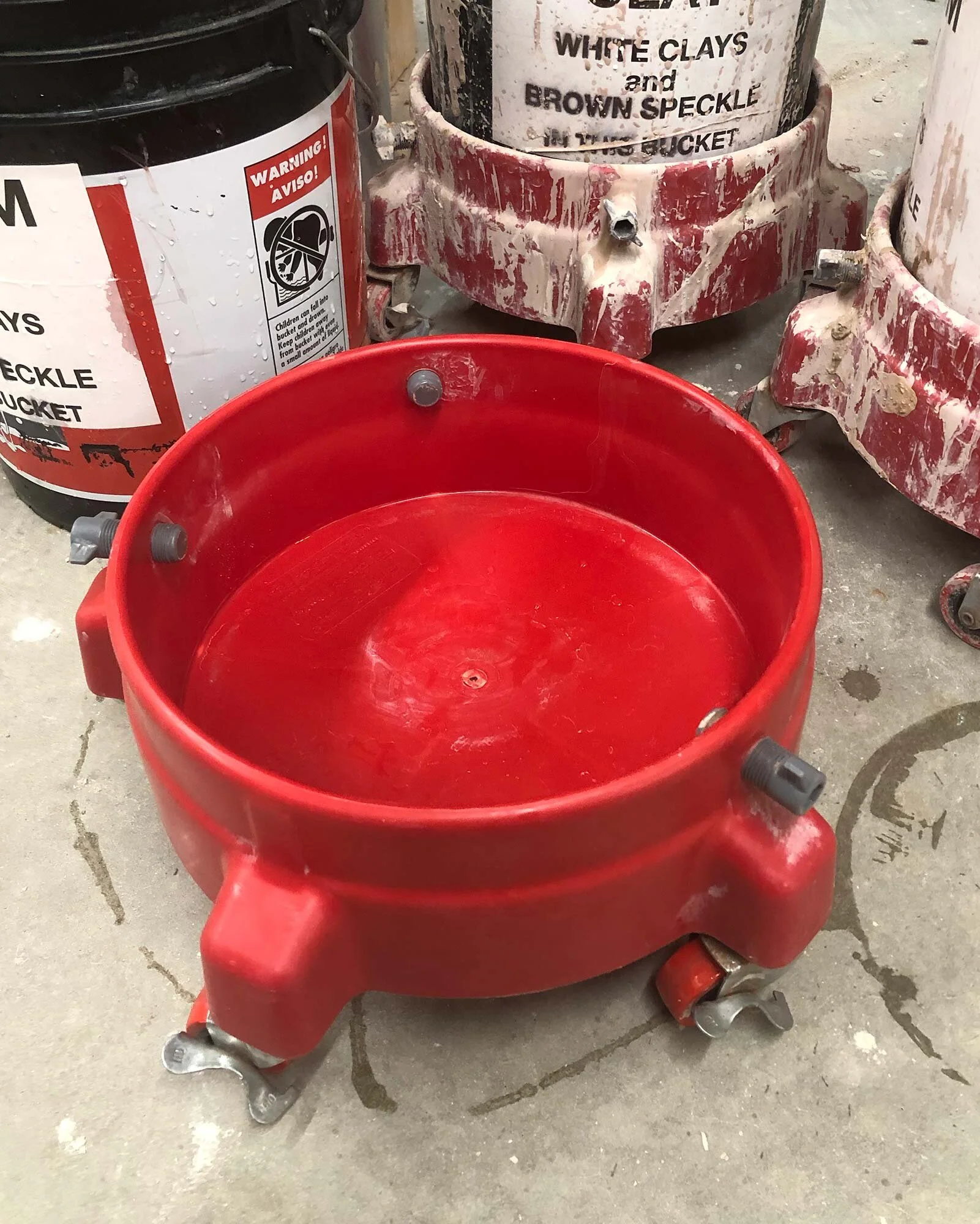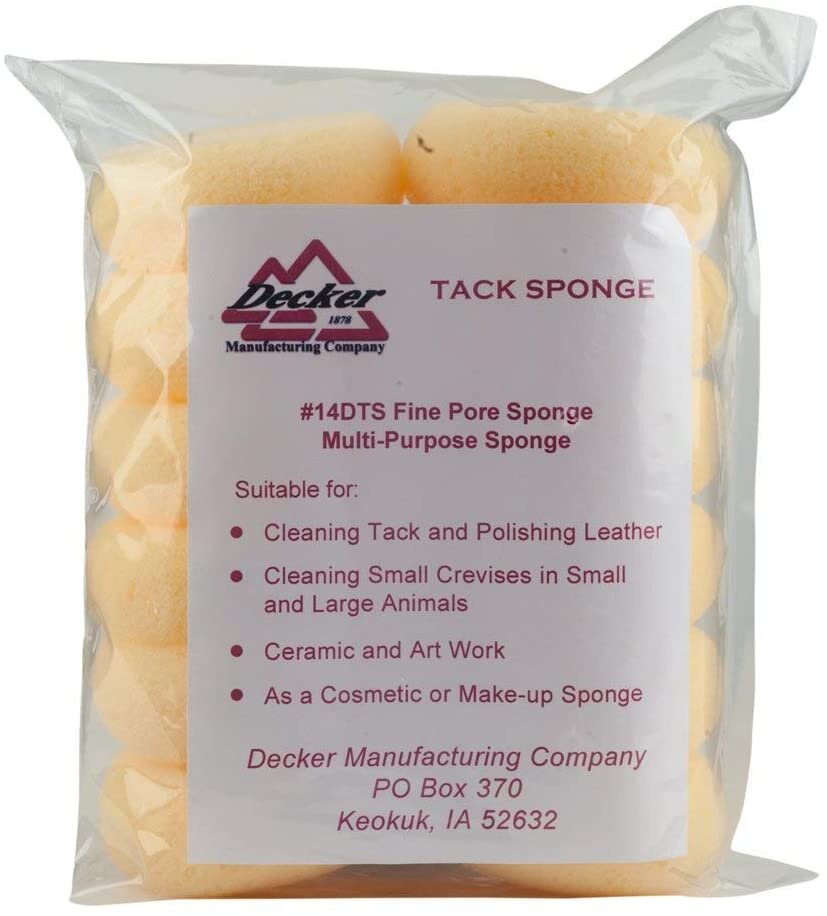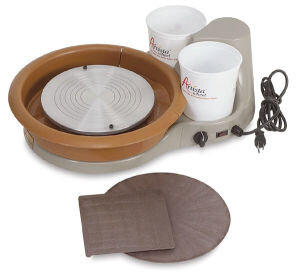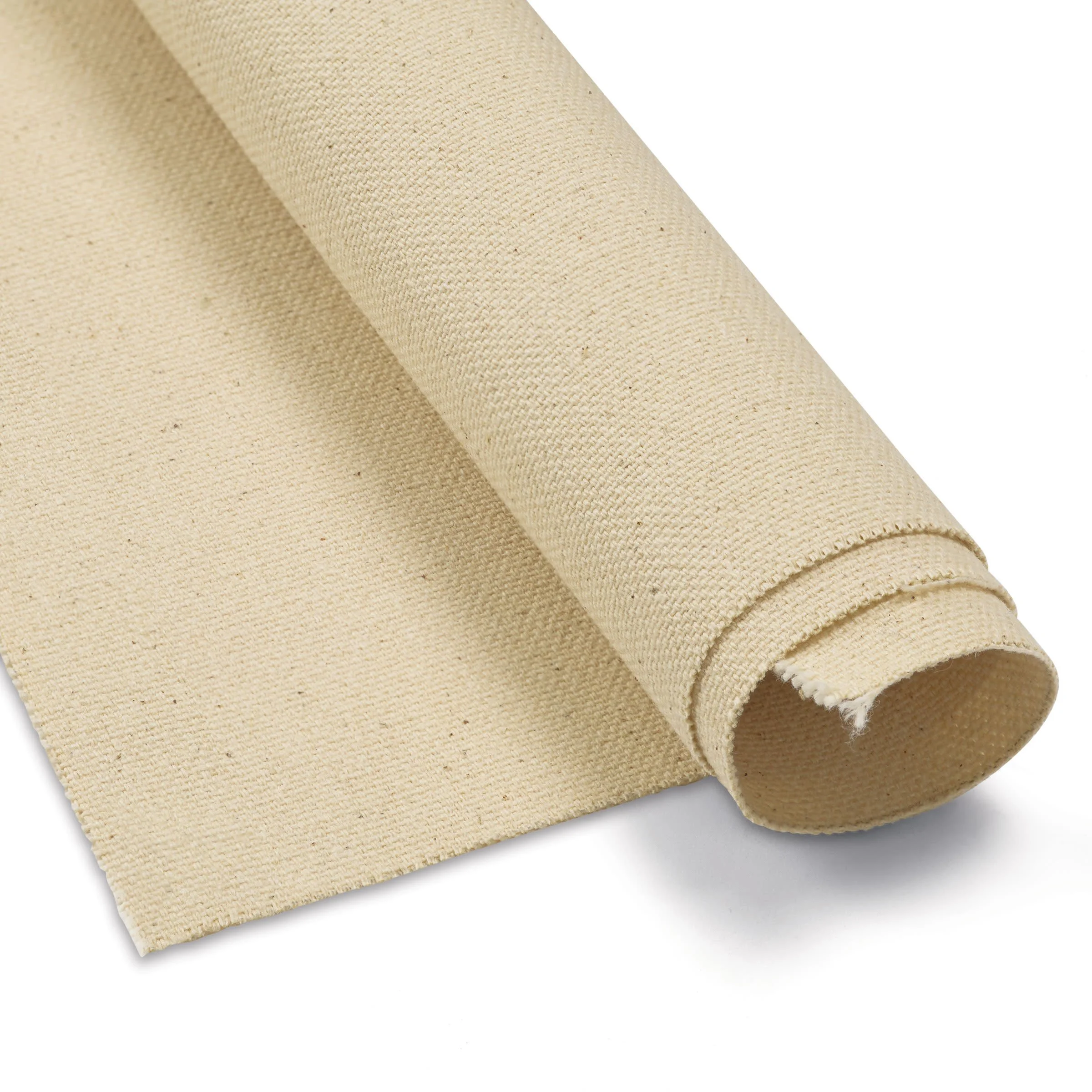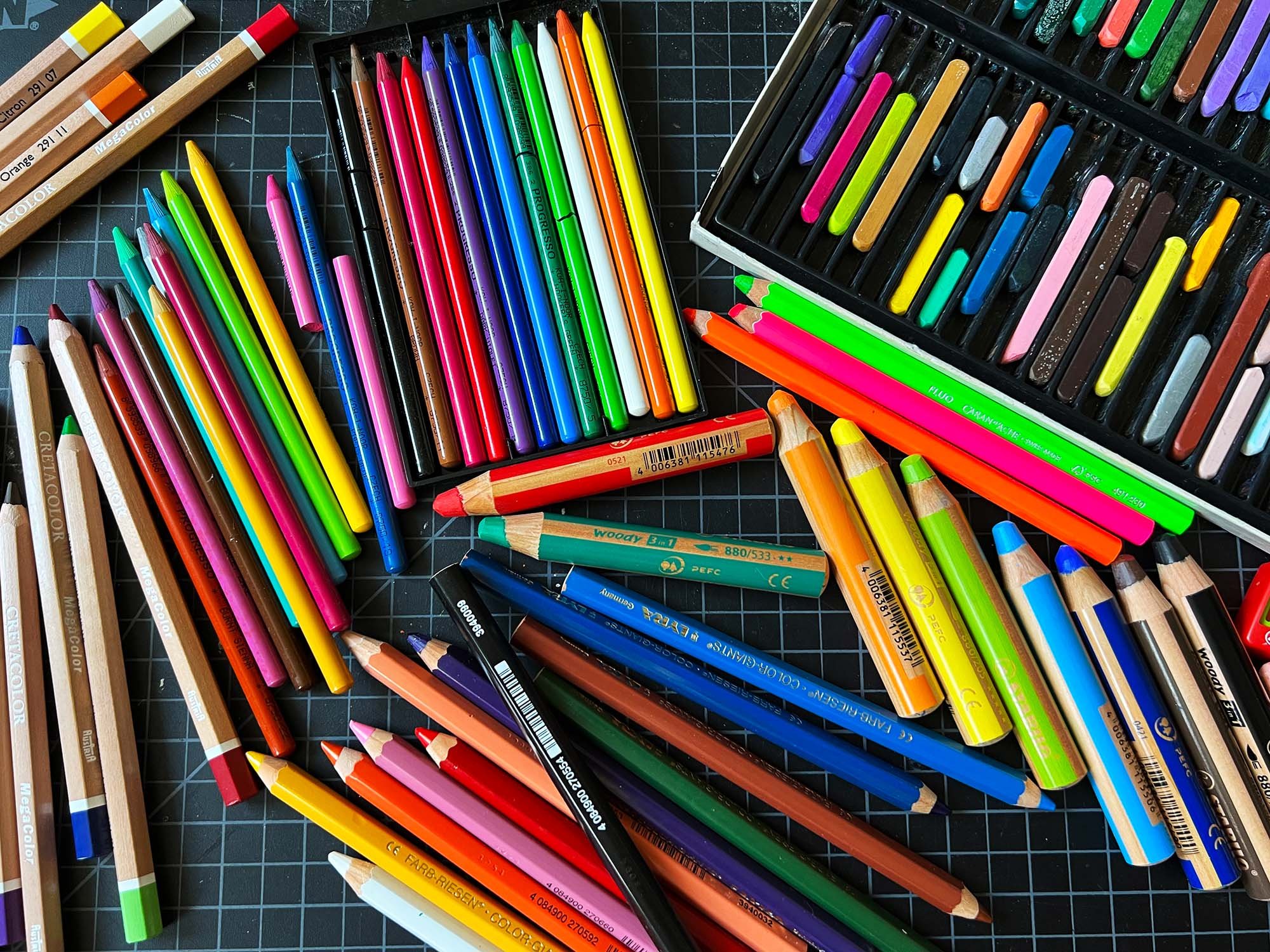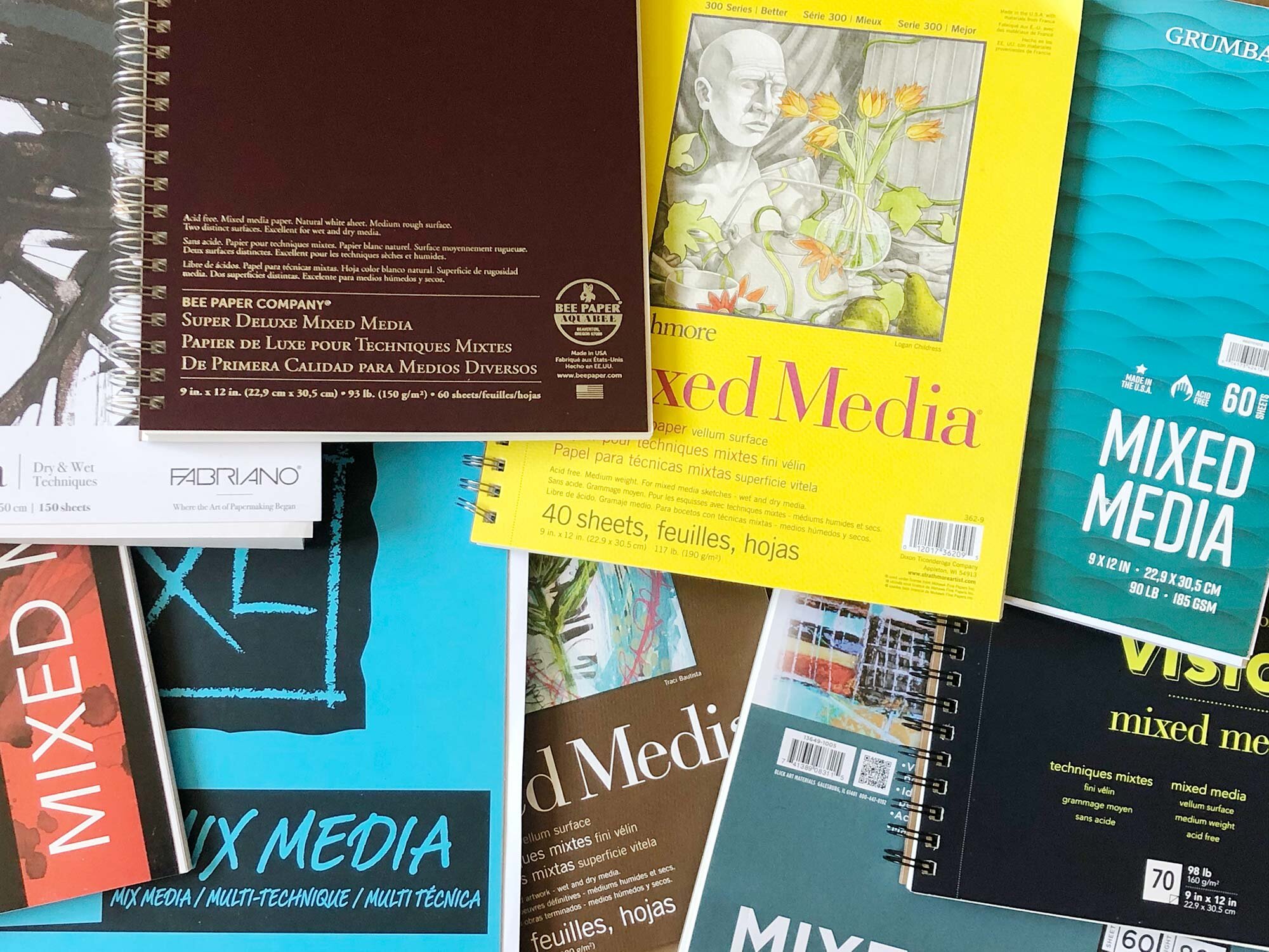These days everyone seems to be interested in over-the-top glazes that drip, ooze, and crawl. Inspired by the work of artists such as Takuro Kuwata, Brian Rochefort, and Nick Weddell, many ceramic artists and potters are experimenting with glazes that push the limits.
If you are looking for an overall guide, Special Effect Glazes by Linda Bloomfield is a good overview and introduction. Published in 2020, the book details glaze materials, chemistry, and recipes to make your own glazes. The book is well illustrated throughout, and primarily includes glazes for mid range (cone 5-6) and high fire (cone 8-10), though there are some low fire recipes too. It’s a paperback with 160 pages, listed at $34.99 but often retails for less.
The table of contents page for Special Effects Glazes.
Overview
The book includes 20 chapters, with the first half of the book devoted to understanding glazes and materials. If you have another book on glazing, such as John Britt’s Complete Guide to Mid-Range Glazes, this will largely be duplicate information. But it is necessary to include this information so that anyone can pick up this book and learn about glazes. Throughout these intro chapters, special attention is paid to how to push glazes outside of the “traditional” range of satin, glossy, transparent or functional glazes. There’s also a lot of information on the chemistry of glazing, including how to read a Stull map.
If you read and work to understand this info, you can begin to unlock the secrets of how to take a glaze and push it to get the effects needed for your work, and it will also help you understand things like crazing that many functional potters work to avoid.
Special Effects Glazes is beautifully illustrated throughout with full-color images.
The most interesting chapters for me were the individual sections on different types of glazes, including crackle, ash, copper red, drippy glazes, crystalline glazes, lichen / crawl glazes, lava, spotted, and metallic glazes. I don’t particularly think of all of these as “special effect” glazes. For example, most glaze books include sections on ash or copper red glazes. Some of the chapters are more in depth, such as seven pages devoted to crystalline glazes and their chemistry, and just four devoted to ash glazes.
When I bought the book, I was hoping for something that would unlock the secrets of the recent bombastic glaze trends of huge drips, inch-thick crawl “glazes” and the like. While there are pictures of some of these, they aren’t covered with specific recipes. Instead, there are hints such as on page 101: “To make a very thickly applied drips and globs of glaze, it may be better to use a slightly more viscous glaze with a higher clay content.” Ok…so give us some recipes!
Page 102 and 103 in the book.
On page 102, a picture of a Nick Weddell piece “Alien Gum Bowl” includes info that the piece was decorated with porcelain and glazes mixed to a thick paste with sodium silicate and fired to cone 10. The book also has a cover image of a 2018 piece by Brian Rochefort, but doesn’t detail any glaze recipes related to that piece.
So while the book did not exactly deliver on my desire for a guidebook to the recent extreme glaze trends, there is a ton of information and a variety of recipes in this book. If you are a frequent user of glazy.org, you may recognize some of these recipes (such as the venerable Marilee’s Lava glaze) but personally, I like to have a printed copy for handy studio reference and I’m sure I’ll be studying this book for hints as to how I can push glazes to extreme effects in my own work.
A two-page spread from the chapter on spotted glazes.
Conclusion
Special Effects Glazes is a useful studio reference with a lot of information. You might be able to find much of this online in various forums, but I think it is useful to have it as one book. And while it didn’t include the super-extreme recipes I was hoping to find, there are many useful clues and ideas of how to test and push the glazes in a direction that works for your studio.
Special Effects Glazes by Linda Bloomfield
Published 2020 by Herbert Press, Bloomsbury, and The American Ceramic Society
160 pages, paper
Tips and Ideas for Extreme Special Effect Glazes
And here are a few of my own thoughts on how to achieve your own special effect glazes:
Paint a thin layer of a crawl glaze on top of a glossy glaze, such as a black crawl over a pink transparent
Pick a bead / crawl glaze and make tests by pushing the percentage of one ingredient higher and higher, such as adding more clay content, or silica. Keep track of your experiements!
Think of clay and glaze as a continuum. Find that middle spot between clay and glaze for something that stays thick but melts a bit, and then mix it into a paste (with or without sodium silicate). Apply thickly.
Underfire a glaze, such as taking a cone 6 glaze and only firing it to cone 1. If you apply this as a gob, you may then get a nice fat “drip” on the side of your piece.
Reglaze and refire with glaze and /or underglaze. Commercial underglazes generally have gums that allow them to dry and stick to just about anything. Experiment with underglazes painted on top of crawl glazes
Buy fine silicon carbide (such as 400 to 600 grit) and add it to any glaze starting at around 0.3 percent by weight up to about 3 percent, to create a lava or bubble glaze.
Think about the contrast between matte and glossy, and textures. A contrast in the surface can accentuate certain parts of your piece.
Embed colored glaze fragments in your greenware for extra drippy runs.
Play around with double or triple layers of glaze. For example, a crawl glaze under a glossy glaze will give different results that a gloss over a crawl.
Any more thoughts on how to make extreme / special effect glazes? Please share in the comments.



